
A Parisian artist’s 1960s gallery-like home in Hong Kong
Daphné Mandel’s colonial Peak residence is the perfect backdrop for her collection of art and antiques
Artist Daphné Mandel’s apartment on The Peak is a legacy of a different era. Built in 1965 for civil servants, the colonial government block appears unassuming and utilitarian. The aesthetic is strictly no-frills: there is no glossy marble lobby, clubhouse or swanky water feature here. Its luxuries are space and location.
Built before air conditioning became ubiquitous, the 2,550 sq ft, three-bedroom apartment is large, airy and functional, with killer views and the period’s high ceilings and parquet floors. Painted crisp white, with light pouring in through wall-to-wall windows in every room, the space has a gallery-like quality. It is the perfect backdrop to Mandel’s artwork and her collection of mid-century furniture and accessories.
“It’s the right era,” she says of the apartment. “It’s good common-sense design. I like the rundown facades and the non-polished and unsophisticated finish of the interiors. It’s all about function and quality of space. It’s basic and sober, which is what you need if you want to bring your own personality to your home.
“I really like things from the 1950s; they are all very functional. I like objects with a backstory, that look like they have lived.”
Her bedroom, for example, features a 19th-century metal bookcase made by students of French architect Gustave Eiffel (of tower fame), who experimented with furniture made from industrial materials. The dining chairs have a similar lineage, and a worn metal console table in the living room started life in a military canteen (“Whenever we move, the removal men ask if it’s for the tip”).
“My furniture, objects and art pieces are all random finds from flea markets, antique dealers and shops that I have come across over the years,” Mandel says. “Many pieces are from my grandmother and my family – we all have similar taste.”
Half-French, half-Dutch, Mandel grew up in Paris, France, where she trained in architecture, landscape architecture and urban planning, later forming her own company specialising in urban landscape design. Moving to Hong Kong in 2008, with her American husband and son (now 10 years old), she switched direction and started to develop her art, taking inspiration from local architecture.
Her recent exhibition, “Hong Kong Vanitas”, held in December, featured collages of iconic Hong Kong objects, scenes and places in the same muted shade of jade green (“Such a Hong Kong colour”).
Most people go shopping in Paris for handbags and fashion, I come back with electrical wire.When you live in rented accommodation, you can’t just dig out the walls to install a lamp, but with nice wire, you can keep it on show
Several pieces from the series are displayed around the apartment, alongside works from Mandel’s earlier exhibitions. One of her paintings hangs in her son’s bedroom.
“That’s his favourite,” she says of the collage, inspired by a family outing to a natural-history museum, with animals peeking from the windows of a typical Sheung Wan building facade. “He bought it from me for $1.”
Art is in Mandel’s blood. Her Dutch grandmother, Wil Fruytier, was a groundbreaking textile artist. “She used textiles in a pioneering, modern way,” Mandel says. “She had a large workshop and made huge installations. Unfortunately for us, she sold almost everything, but I do have a few of her pieces.”
One of Fruytier’s tapestries, which featured in the 1961 Venice Biennale, is displayed in the guest bedroom. “I got a phone call from a woman in Vermont, who said her husband had bought it from my grandmother, in 1960,” Mandel says. “She was downsizing and had looked up my grandmother online and found a story about me. She asked if I wanted to buy it. Of course, yes!”
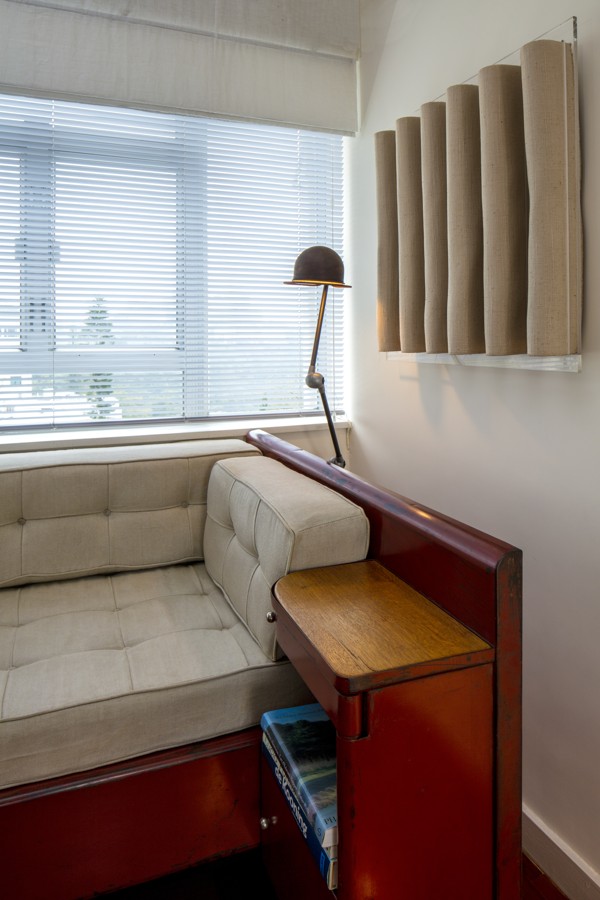
“Prouvé called himself a constructor, not a designer,” Mandel says. “He believed there was no difference between making a building and a piece of furniture. I love his work; it’s functional, efficient and clever but still with an aesthetic eye.
“I also have a thing about lamps. Most people go shopping in Paris for handbags and fashion, I come back with electrical wire,” she says, fishing out of a cupboard lengths of wire in woven coverings in all sort of colours and patterns, some smooth, some twisted. “When you live in rented accommodation, you can’t just dig out the walls to install a lamp, but with nice wire, you can keep it on show.”
Not for much longer, however. The building’s tenants have all been given notice to quit by August and the block is due for demolition. Mandel sighs. “I am hoping to find a place in another old block. It goes so well with the furniture.”
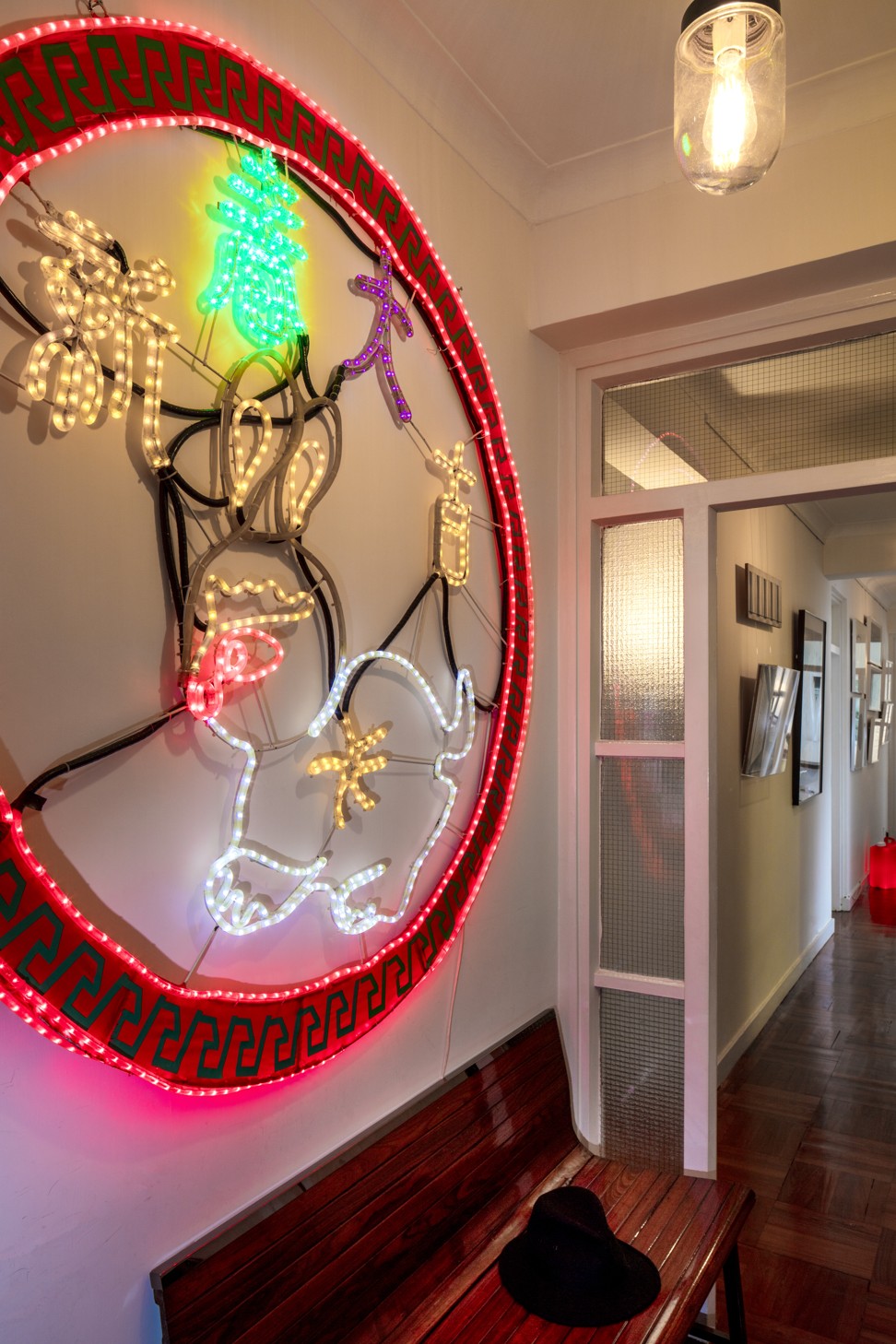
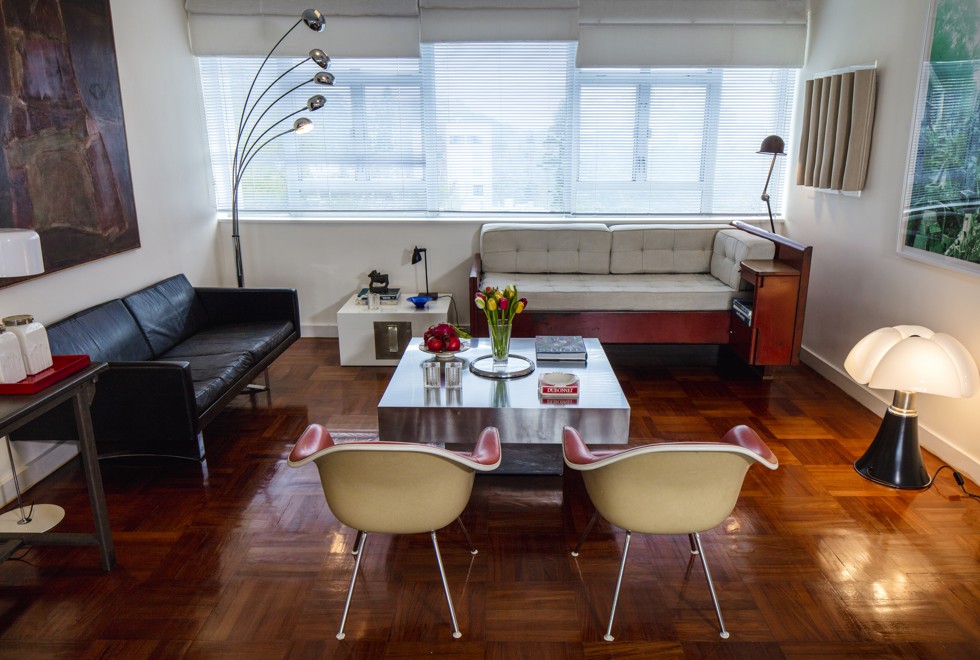
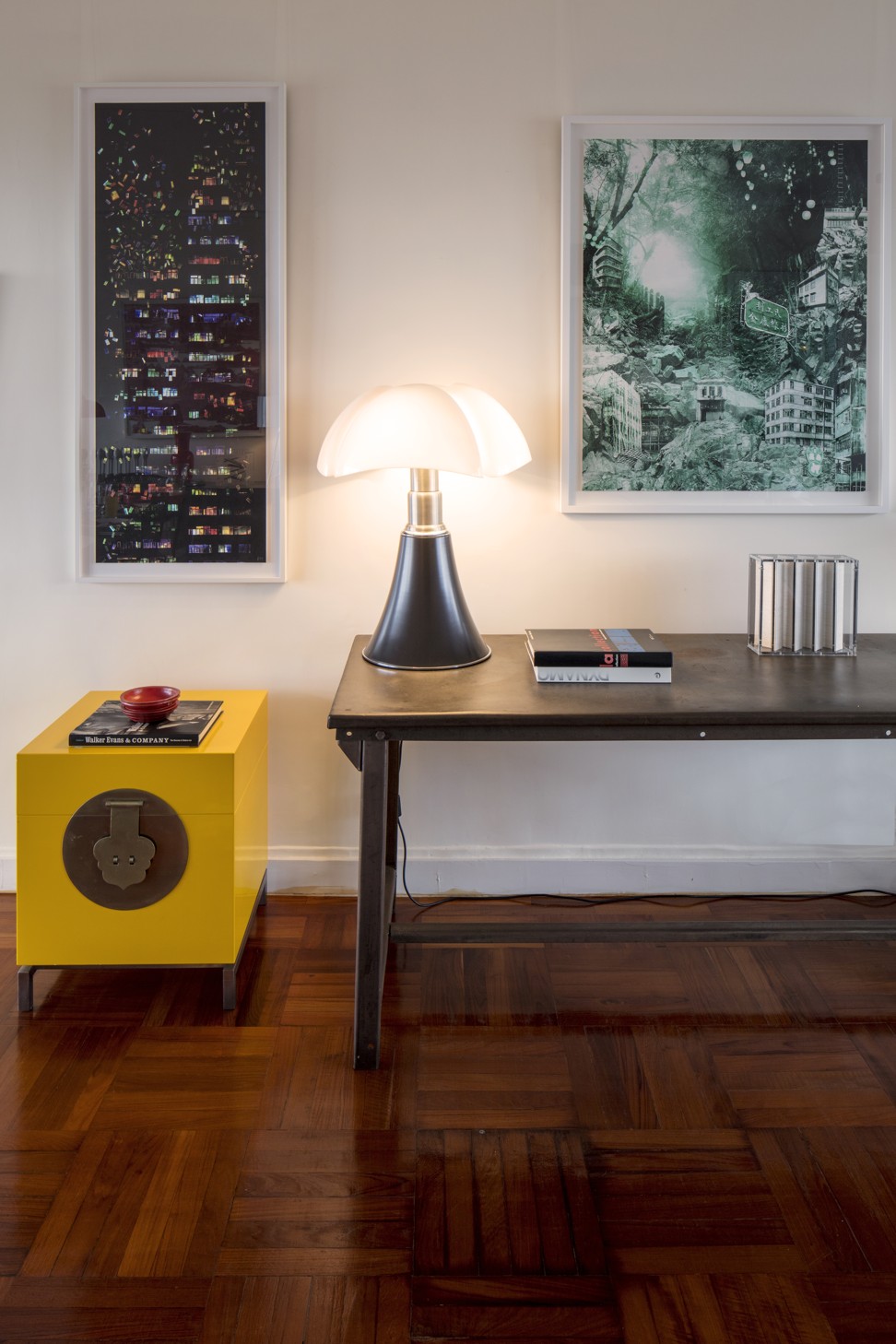
The mixed-media artworks – Urban Puzzle #3 (left; 2017) and Cliff Dwellings #3 (2018) – are both part of Mandel’s “Hong Kong Vanitas” series. The miniature textile and Perspex artwork on the table is a 1970 piece by Fruytier.
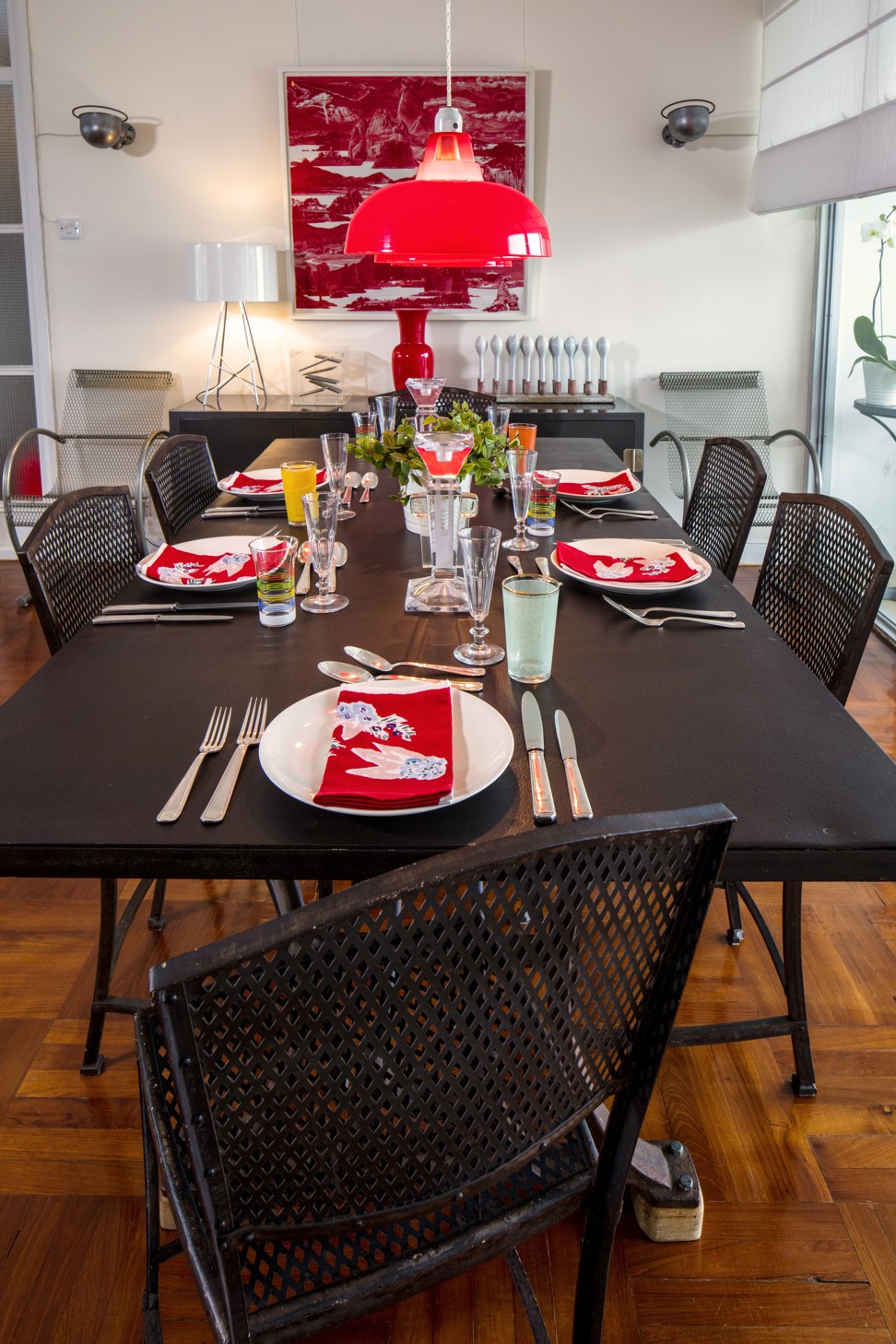
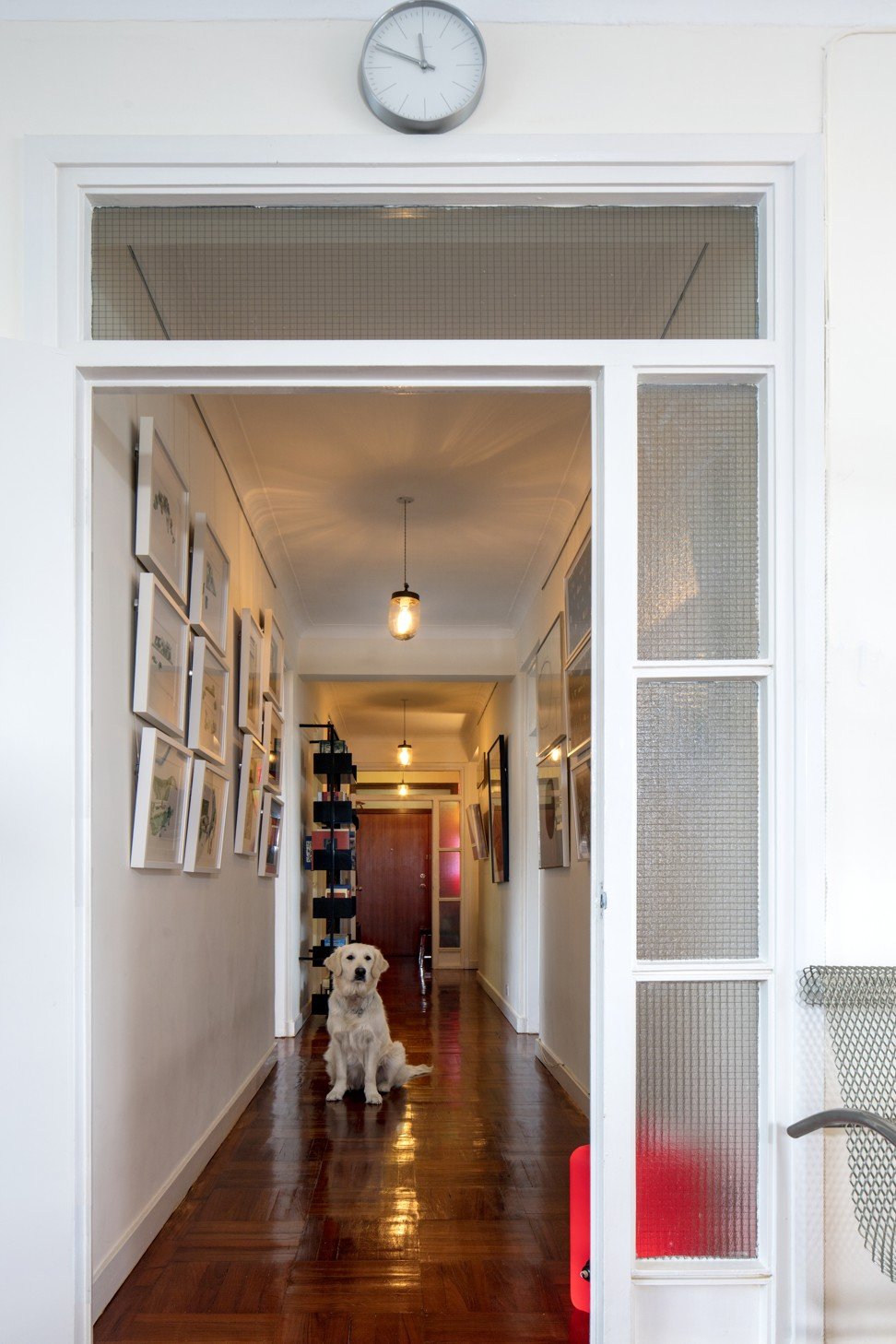
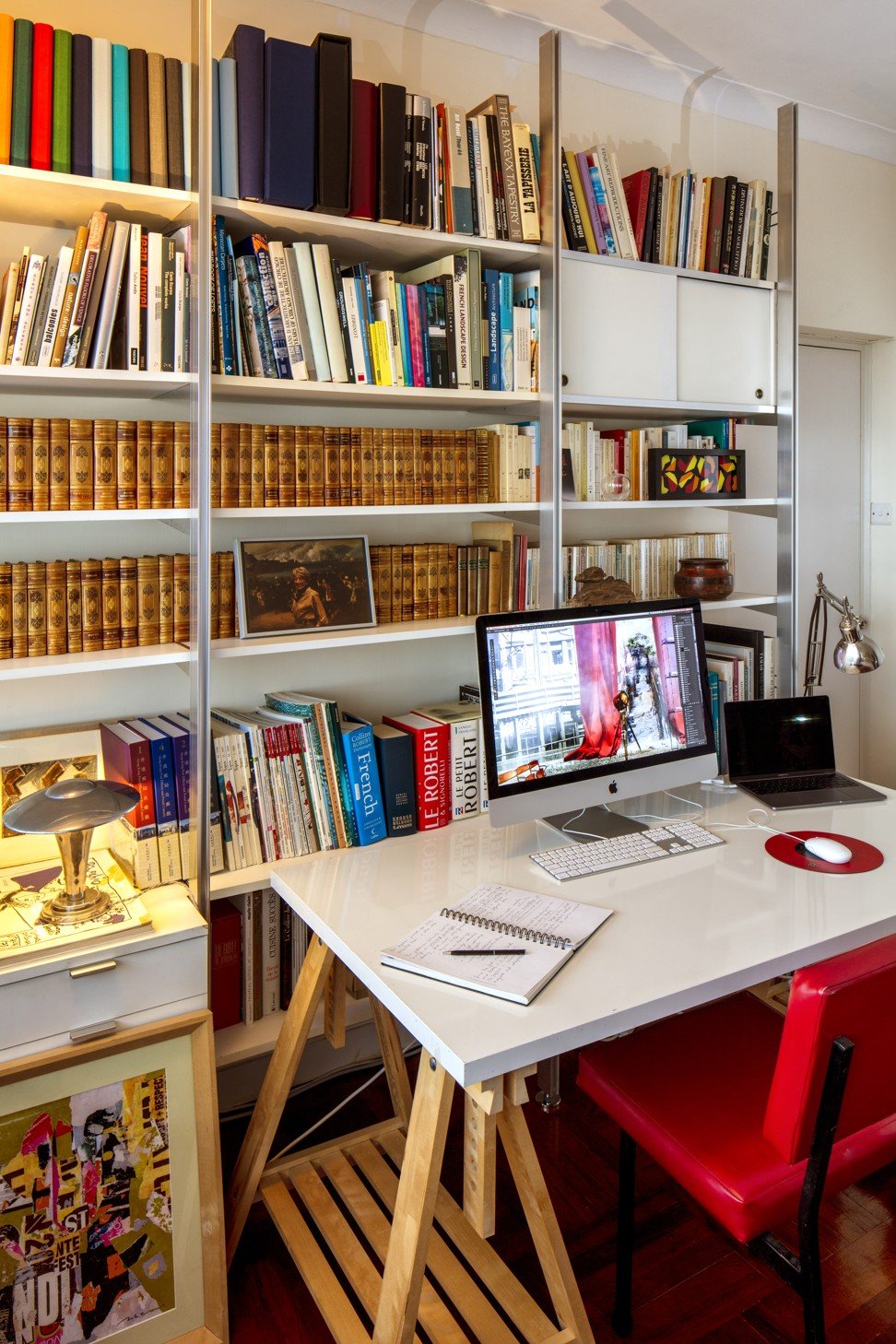
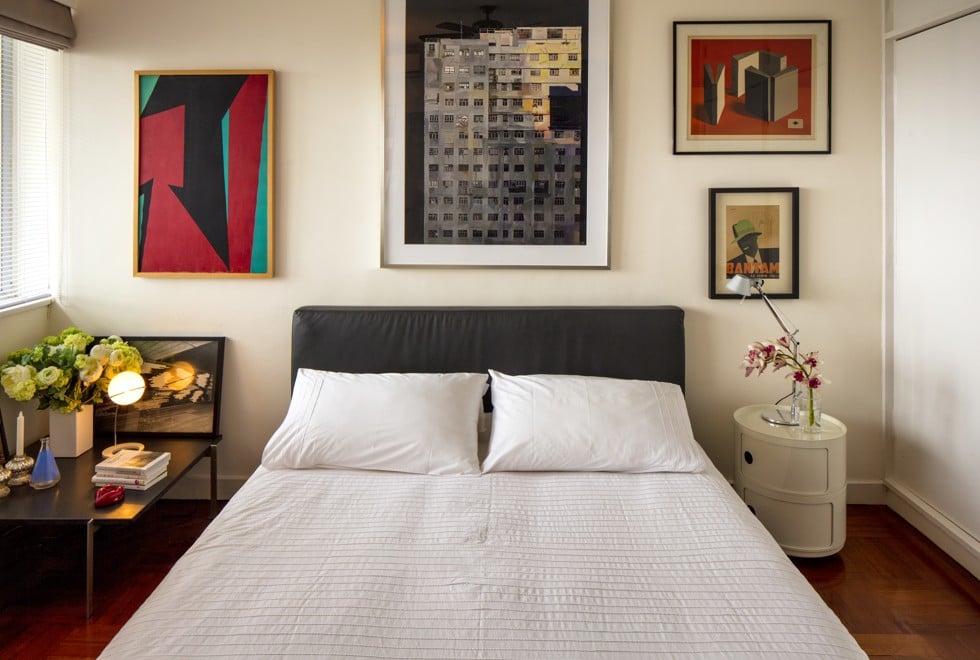
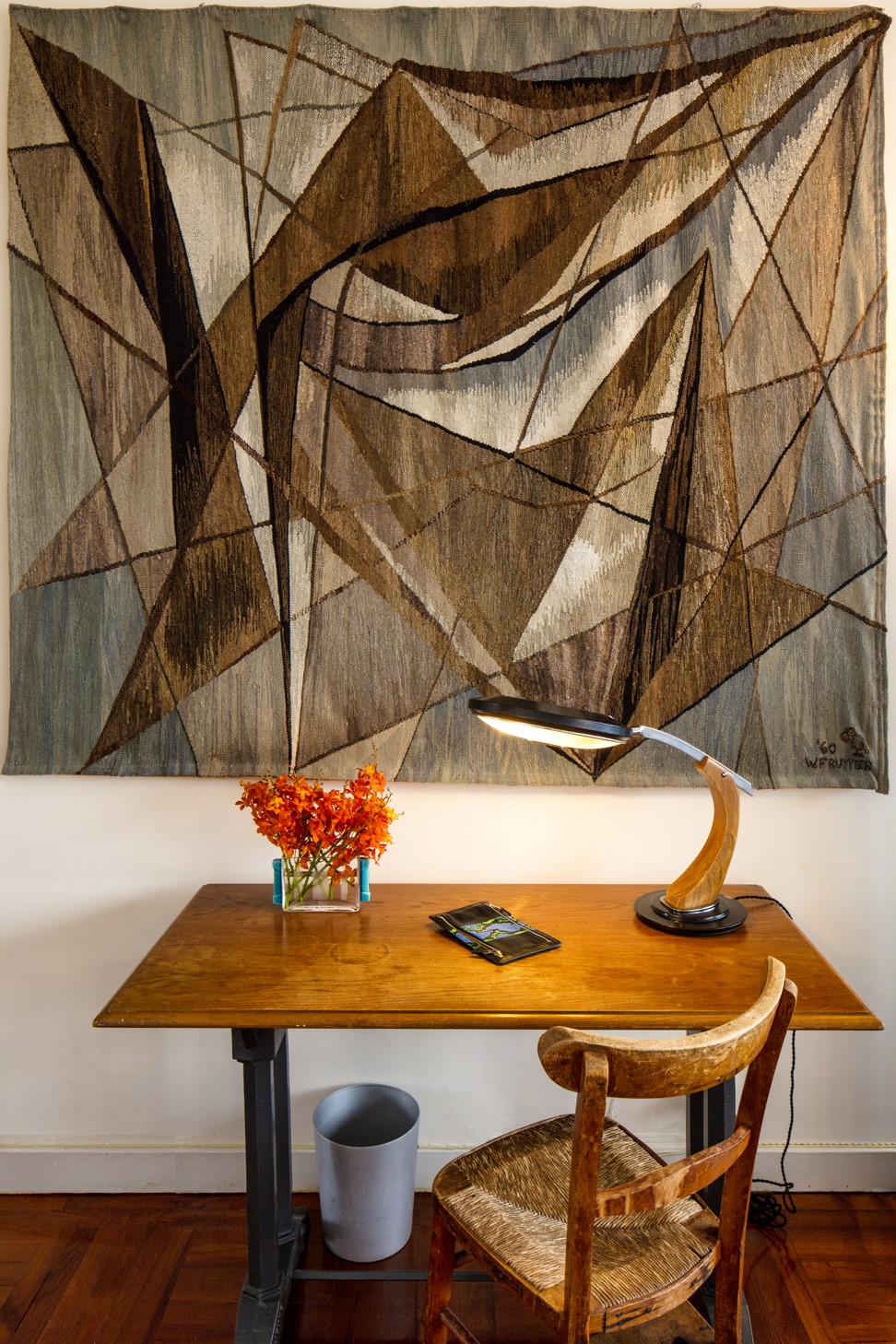


Tried + tested
So Hong Kong Daphné Mandel picked up three iconic Hong Kong wet market lampshades in Wan Chai, for HK$25 each, to illuminate her dining table. “I added ceramic holders, which were found in Paris, as well as fabric-covered electric wire,” she says. Ikea’s Sekond cord sets (HK$69.90 each) come in different colours.

